Picture of Moon's farside
NASA
Luna
With increased confidence from the success of their Sputnik missions, the Soviet Union launched 24 Luna spacecrafts to the Moon, between 1959 and 1976. 15 were successful, each designed as either an orbiter or lander, and accomplished many firsts in space exploration. They also performed many experiments, studying the Moon's chemical composition, gravity, temperature, and radiation.
Luna 1 missed its intended impact with the Moon and became the first spacecraft to fall into orbit around the Sun. In 1959, the second Luna mission successfully impacted the lunar surface, becoming the first man-made object to reach another world. Luna 3 orbited the Moon later that year, and returned the first photographs of its far side, which can never be seen from Earth.
The Soviet Union soon learned to build spacecrafts which could perform soft landings on the lunar surface, and send back panoramic photos from their landing sites. Lunas 17 and 21 even carried roving vehicles, named Lunokhod 1 and 2, which roamed around on the Moon's terrain.
Another major achievement of the Luna program was the ability to collect samples of lunar soil and return them to Earth, by 1970. However, these accomplishments were overshadowed by the U.S. Apollo missions which had already placed humans on the Moon by this time.
You might also be interested in:
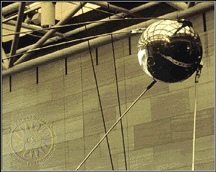
The Soviet Sputnik program consisted of four satellites, three of which reached Earth orbit. Sputnik 1, launched on Oct.4, 1957, became the first artificial satellite to successfully orbit the Earth. It
...more
Driven by a recent surge in space research, the Apollo program hoped to add to the accomplishments of the Lunar Orbiter and Surveyor missions of the late 1960's. Apollo 11 was the first mission to succeed
...more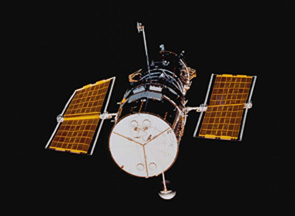
The Hubble Space Telescope (HST) was one of the most important exploration tools of the past two decades, and will continue to serve as a great resource well into the new millennium. The HST is credited
...more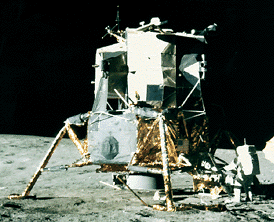
Apollo 12 survived a lightning strike during its launch on Nov. 14, 1969, and arrived at the Moon three days later. Astronauts Charles Conrad and Alan Bean descended to the surface, while Richard Gordon
...more
Apollo 15 marked the start of a new series of missions from the Apollo space program, each capable of exploring more lunar terrain than ever before. Launched on July 26, 1971, Apollo 15 reached the Moon
...more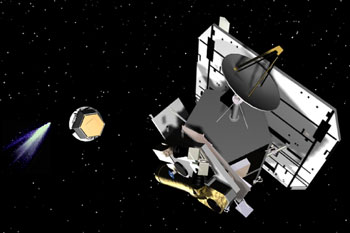
NASA chose Deep Impact to be part of a special series called the Discovery Program on July 7, 1999. In May 2001, Deep Impact was given the "go" from NASA to start with mission development. Deep Impact
...more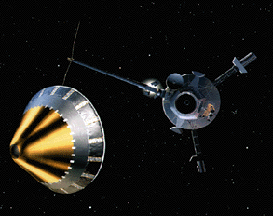
The Galileo spacecraft was launched on October 19, 1989. Galileo had two parts: an orbiter and a descent probe that parachuted into Jupiter's atmosphere. Galileo's primary mission was to explore the Jovian
...more















